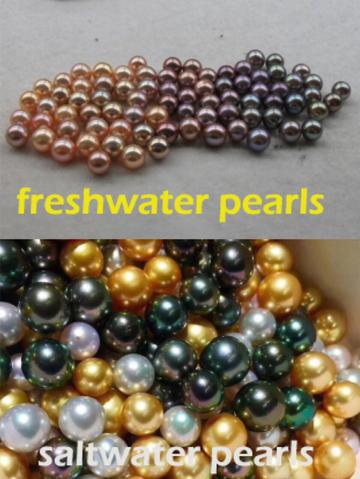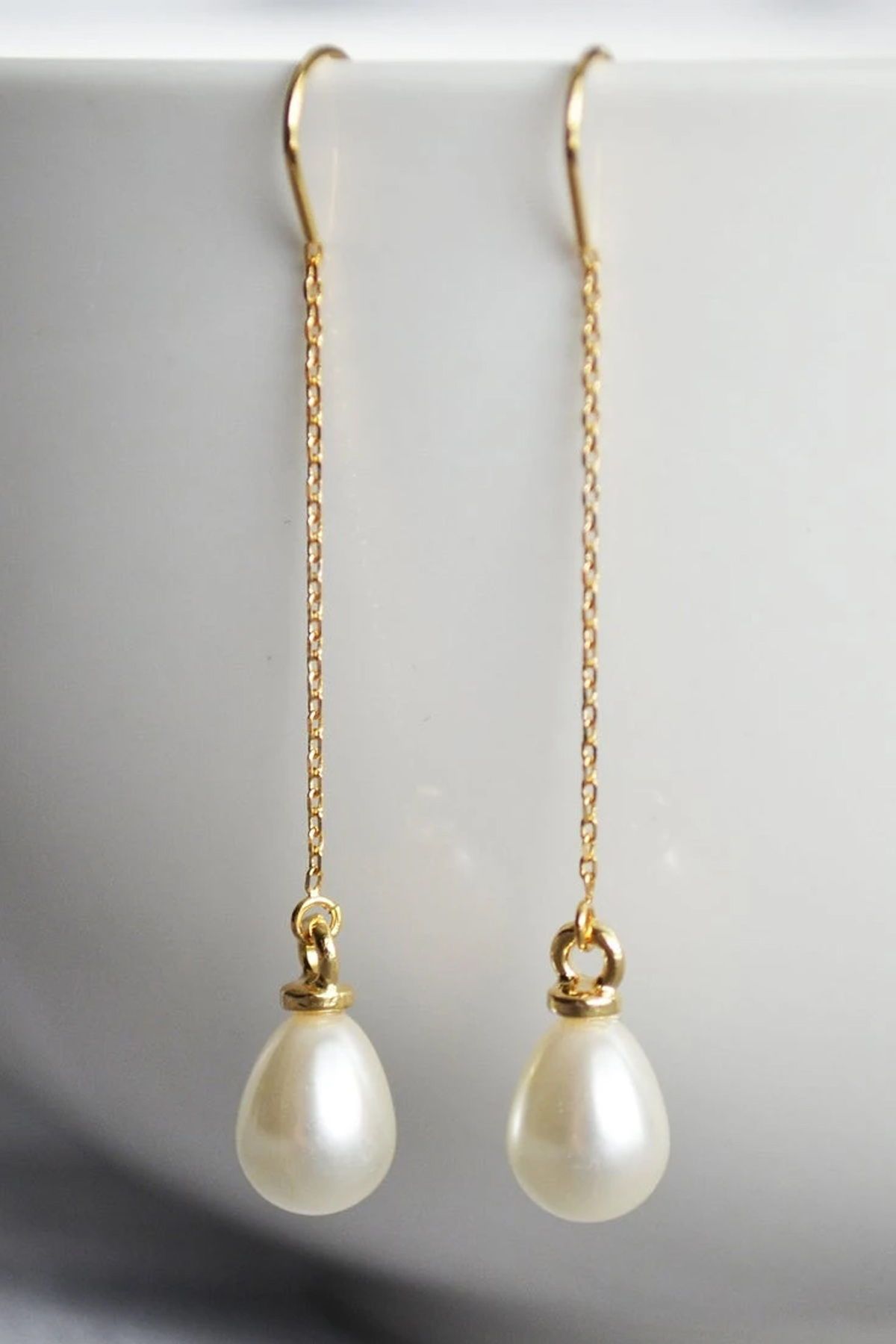
With the advancement of science and technology, almost everything has its two versions. One is the costly original version and the next one is either the nearest possible alternate or an imitated version. And when it comes to the pearl jewellery, you would be experiencing more than two versions of pearls present in the market. The first type is the original natural pearl, the pearl found deep inside sea beds. Since these pearls are found in sea, so are also known as seawater pearls. Then there are cultured pearls with almost same qualities except some inner formation and thickness of the luster. Since these cultured pearls are farmed in freshwater so are known as cultured freshwater pearl. There is also an availability of imitation pearls with faux zirconium coating and other materials. They are the lowest quality pearls widely used in cheaper imitated jewelleries. So, the first thing that differentiates freshwater pearl jewellery from seawater pearl one is simply the type of pearl used. And second immediate difference is the price tag associated with it. The jewellery made of seawater pearl would definitely cost you more than the other one with cultured freshwater pearl. Then there would be difference among the cultured and natural freshwater pearled jewelleries.
The main difference among seawater and freshwater pearl is the formation of the pearl that takes place inside the pearl producing mussel. A shelled mollusk naturally produces the pearl when some irritating microscopic particle gets trapped within the mollusk’s mantle folds. The mollusk secretes some layers of nacre to block that microscopic particle totally. These gradual layers of nacre in turn form a pearl. But a cultured freshwater pearl or any other cultured pearl is produced by using grafting method. The process of grafting starts with choosing a suitable donor mussel and cutting a strip of tissue from the mantle. The strip of tissue derived is then cut into squares of 3 mm. These squares are then inserted by the technicians into mussels with the smallest possible incisions on the upper valves. In this way the freshwater pearl is cultured for mostly commercial purposes. Mostly the cultivation of freshwater pearl is rooted in China and Japan. China and Japan together comprises to be the largest producer of freshwater pearl worldwide. Almost eighty three percent of cultured freshwater pearls come from China and Japan.
So, whether it is a natural freshwater pearl or a cultured freshwater pearl, it always differs from seawater pearl from the point of formation. This difference ultimately brings the difference in quality of the jewelleries where they are used. This difference in quality leads to the difference in price tags. So, when you are in the market searching for any fresh water pearl jewellery, be sure that a jewellery where natural freshwater is used would cost you a little higher than the jewellery made of cultured freshwater pearl. And obviously the seawater pearled jewellery would be costlier than any type of freshwater pearled jewellery.


